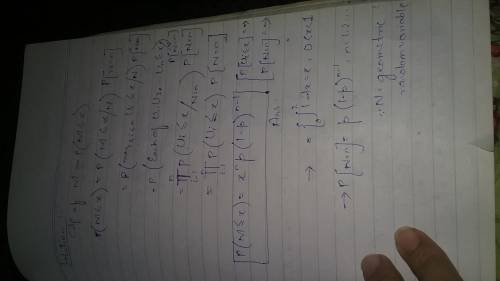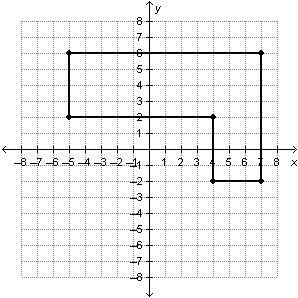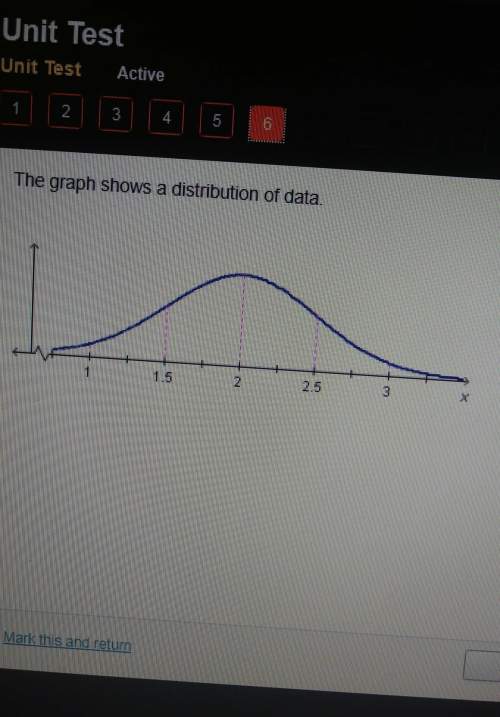
Mathematics, 27.02.2020 00:56, hany90
Let N be a geometric random variable with parameter p. Given N, generate N many i. i.d. random numbers U1, U2, . . . , UN uniformly from [0, 1]. Let M = max1≤i≤N Ui. Find the cdf of M, i. e., find P(M ≤ x).

Answers: 1
Other questions on the subject: Mathematics

Mathematics, 21.06.2019 18:30, george6871
Abus travels 36 miles in 45 minutes. enter the number of miles the bus travels in 60 minutes at this rate.
Answers: 2

Mathematics, 21.06.2019 19:30, makaylahunt
Aregular pentagon with a perimeter of 21 inches is dilated by a scale factor of 5/3 to create a new pentagon. what is the perimeter of the new pentagon?
Answers: 2


Mathematics, 22.06.2019 00:00, nicolacorio02
The construction of copying qpr is started below. the next step is to set the width of the compass to the length of ab. how does this step ensure that a new angle will be congruent to the original angle? by using compass take the measures of angle and draw the same arc according to it.
Answers: 1
Do you know the correct answer?
Let N be a geometric random variable with parameter p. Given N, generate N many i. i.d. random numbe...
Questions in other subjects:


Social Studies, 12.05.2021 21:10

Mathematics, 12.05.2021 21:10

Chemistry, 12.05.2021 21:10

History, 12.05.2021 21:10



Mathematics, 12.05.2021 21:10


History, 12.05.2021 21:10









